How to reconcile the visual hunt of terrestrial sometimes antediluvian-looking animals with the urge of putting on a mask and a snorkel to spy on the submarine critters and all of that within the same day? South Africa possesses the answer and haven't finished to surprise us on its diversity.
We arrive in the village of St Lucia where we land up in a great guest house called Blou house backpacker. At the bottom of the garden, mongooses argue over the passion fruits the vervet monkeys have wasted.
St Lucia and the eponymous lake draw a large estuary – the largest one in Africa – propitious for wildlife. Birds and mammals live in this park, encircling the lake. The savannah vanished and trees grew up. In spite of the change of habitat, a variety of animals succeeded in adapting. Rhinoceros, kudus, leopards, zebras and wildebeests took up residence in this luxuriant land. The avowed goal of the park's managers is to recreate the former waves of animals migrations when wildebeests and the others ran away the Lebombo mountains to move towards the wetland of St Lucia.
Before getting in the park, at the end of the estuary, the owner of the guest house has promised us hippopotamuses. Better to trust local people than the paper guides, he wasn't wrong.




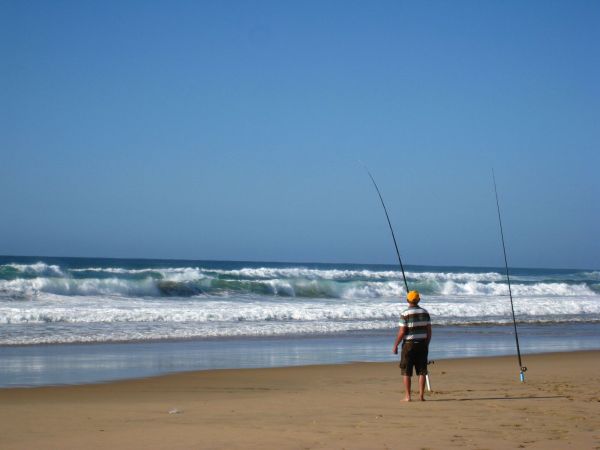
following this starter, we dash off to cape Vidal, 35km from the village. The owner, him again, announced this thing to us: « on the way to cape Vidal, you'll see every kind of animals including rhinos, as soon as you arrive at the end of the road, you slip mask and snorkel on to see colourful reef fish before driving back to St Lucia ». His speech sounded like the tempting caption of a tourist brochure. And yet, he was right again.
Underwater:




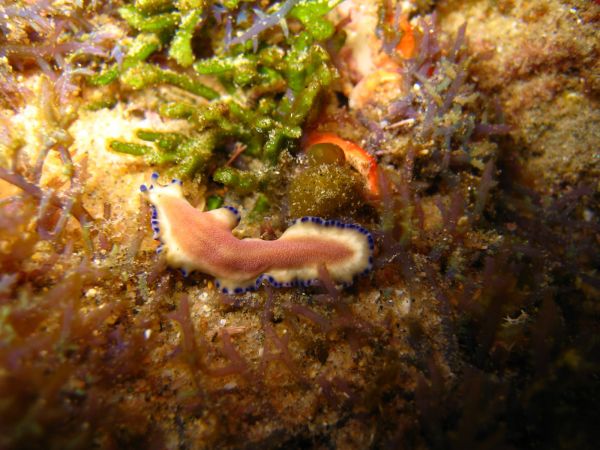





and a few hours later, on the earth:




St Lucia, one of the good finds of our South African journey.
Keyword - national parks -
Saturday 26 July 2008
on the earth and into the water at St Lucia
By dorian on Saturday 26 July 2008, 08:19 - RTW2-South Africa
Friday 25 July 2008
the hyenas in action at Hluhluwe-iMfolozi
By dorian on Friday 25 July 2008, 21:08 - RTW2-South Africa
At the beginning of our trip, while our eyes and memory were virgin of pictures of savannah and its fauna, A South-African, met on the Waterberg plateau in Namibia praised us the beauty and the high concentration of animals clustered in the Hluhluwe-iMfolozi park ( Zulu word pronounced Chluchluwi – Imfolozi). This name engraved on our log book and here we are now.
a few minutes after crossing the automatic barrier, several engine-stopped jeeps are crammed in the middle of the road. We switch off the engine and without seeing the scene, we recognize a characteristic sly cry. A lion is not far but about ten cunning hyenas succeeded in pinching a chunk of an antelope's carcass the predator had hunted. A laugh to flout it.
the bush sways. 2 hyenas appear, the loot in the mouth. Not at all disturbed by the human flock pressed against the protective guardrail of the jeeps, the 2 protagonists followed by some greedy and opportunistic fellow members cross the road before putting down the bloody carcass on the tarmac. One of females will finally have the last word and move away at the edge of road to enjoy its meal by dint of dreadful noises. Cracking sounds provided by a frighteningly powerful jaw.




After this morning firework, the day will be more dull despite the constant pleasure to watch every bush and every branch in the hope of flushing out the presence of an animal.



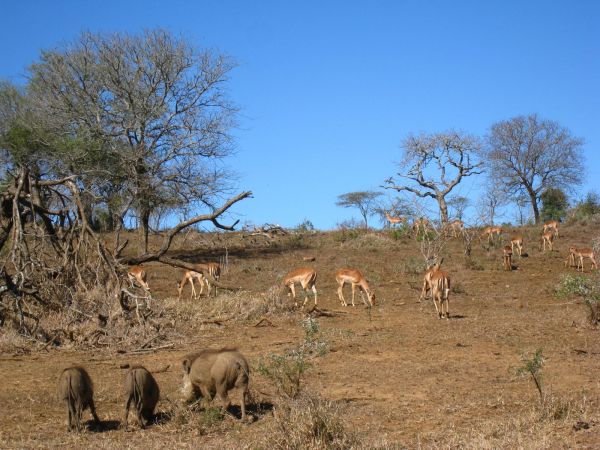





Monday 21 July 2008
overnight in the kingdom of Swaziland
By dorian on Monday 21 July 2008, 20:51 - RTW2-South Africa
We leave the Kruger reserve and get in one of the last kingdoms of Africa, Swaziland. A tiny country bordered by South Africa and Mozambique. A the immigration post, a wall-hanging photo displays the traditionally-clad king. Because one of the features of this small nation lies in its strong culture and its deep ties in traditions. The road rolls to get to the Ezulwini valley. Our path turns off to the left and we reach the wildlife sanctuary of Milwane which stands out against the foothills of the valley. We stop to spend the night within the reserve. On the lake, a few-square-meter island is weighed down by a heap of hippopotamuses. Among the tall grass, a group of rare antelopes. A forgotten park, far from the classical itinerary described by the tourists. Light night in the kingdom of Swaziland.
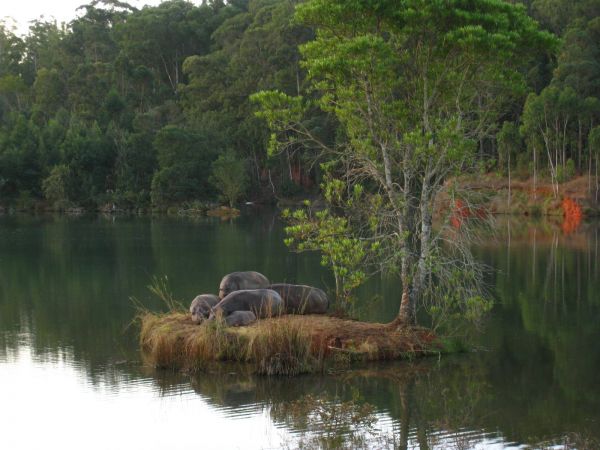
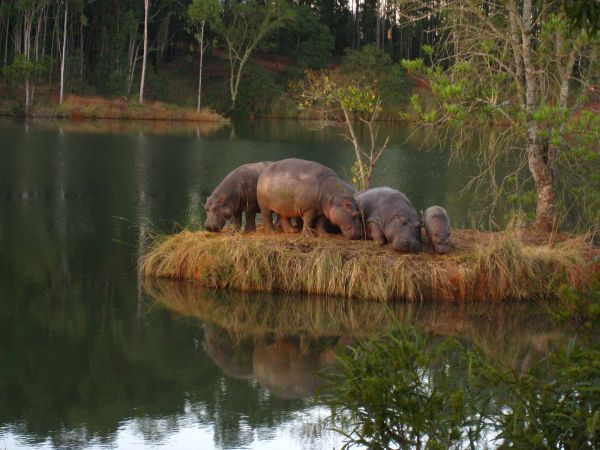
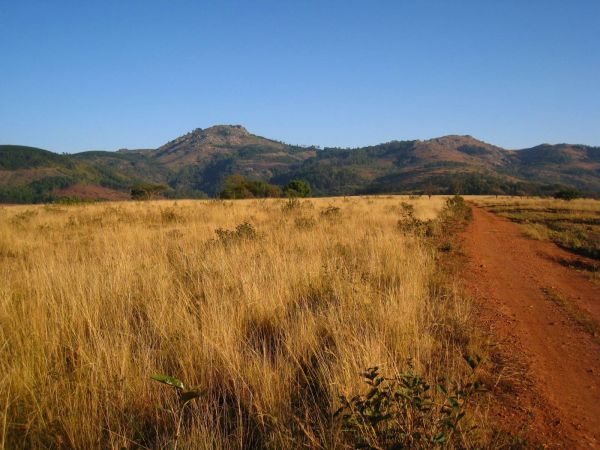
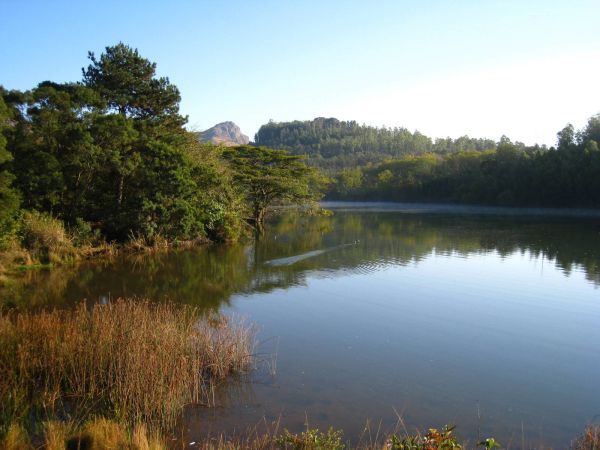

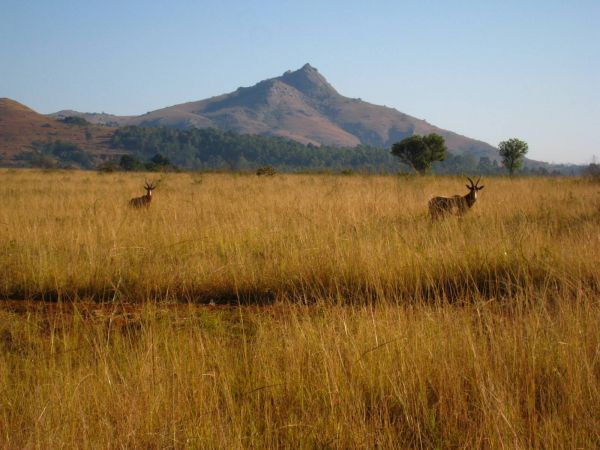
The next day, we walk into the intimacy of the Manzini market. Then we gently drift southwards and close this interlude away from the South African bustle.
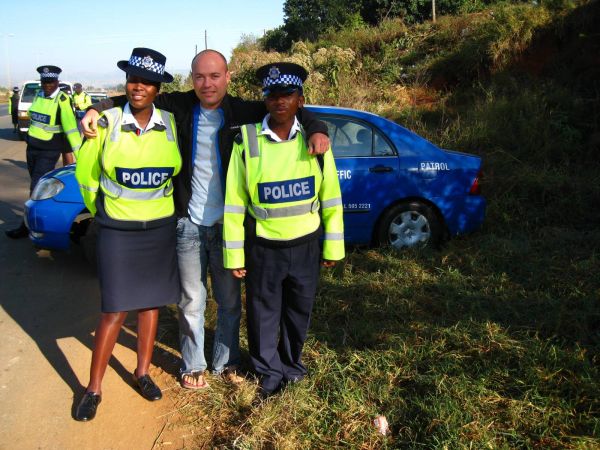
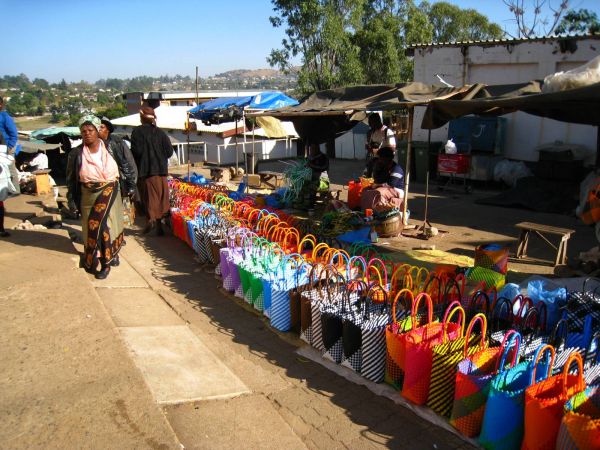
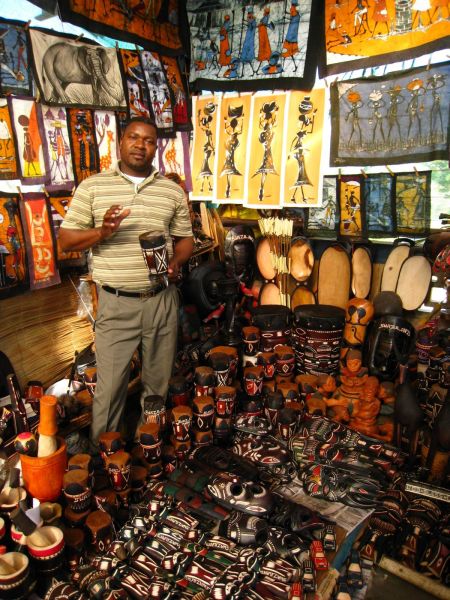
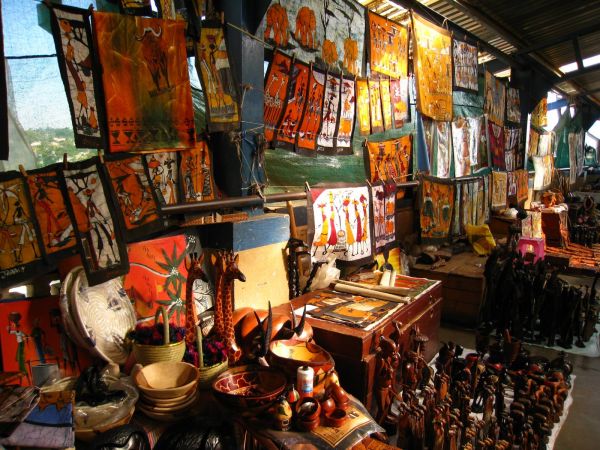
« previous entries - page 2 of 5 - next entries »





 visits
visits